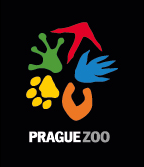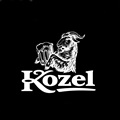Šiška is turning one! Prague Zoo celebrates the birthday of the first pangolin bred in Europe
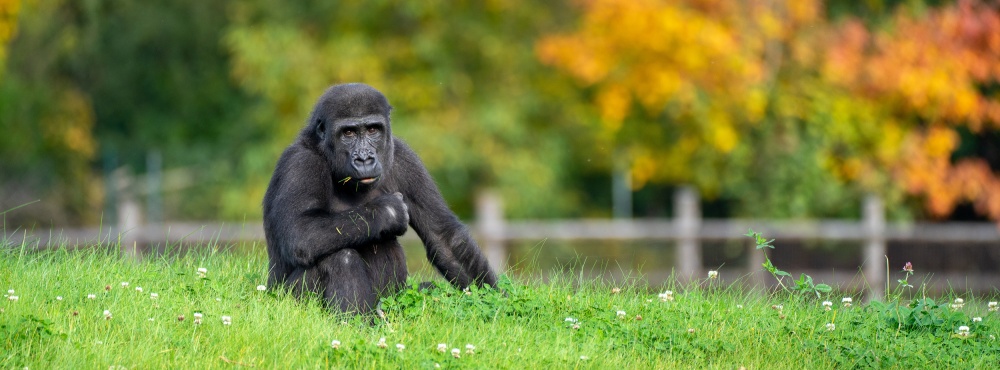
Today the first pangolin pup bred in Europe is turning one. Šiška (=pine cone in Czech), the female Chinese pangolin, is doing well weighing over 3 kilograms and eating roughly two-thirds of her parents' food portion every day. Prague Zoo has prepared a special birthday programme for the upcoming weekend.
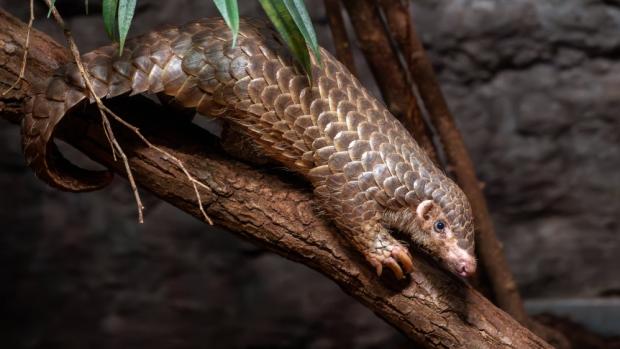 Šiška, the first pangolin bred in Europe, is one year old and is thriving. She loves feeding on the special nutritious mash made from bee larvae and climbing through the branches in her exhibit. Photo Oliver Le Que, Prague Zoo
Šiška, the first pangolin bred in Europe, is one year old and is thriving. She loves feeding on the special nutritious mash made from bee larvae and climbing through the branches in her exhibit. Photo Oliver Le Que, Prague Zoo
“Šiška lives to be one year old and since her birth she has become not only the first pangolin pup successfully bred in Europe – which is a great achievement by itself – but thanks to the public's interest also the ‘ambassadress’ of wild pangolins as she helps raising awareness of the threats of poaching and illegal trade that this whole group of animals faces,” states the Prague Zoo director Miroslav Bobek and reminds of the congratulating video message regarding Šiška sent to Prague Zoo by Jane Goodall herself.
However the first weeks of the pup's life were not trouble-free. Although Šiška had a solid birth weight, did not lack a will to live and also her mother Run Hou Tang nursed her and showed natural affection towards her, the keepers faced another struggle – the mother did not produce enough milk. Thanks to lactation support supplements and replacement feeding, the problem was solved rather quickly.
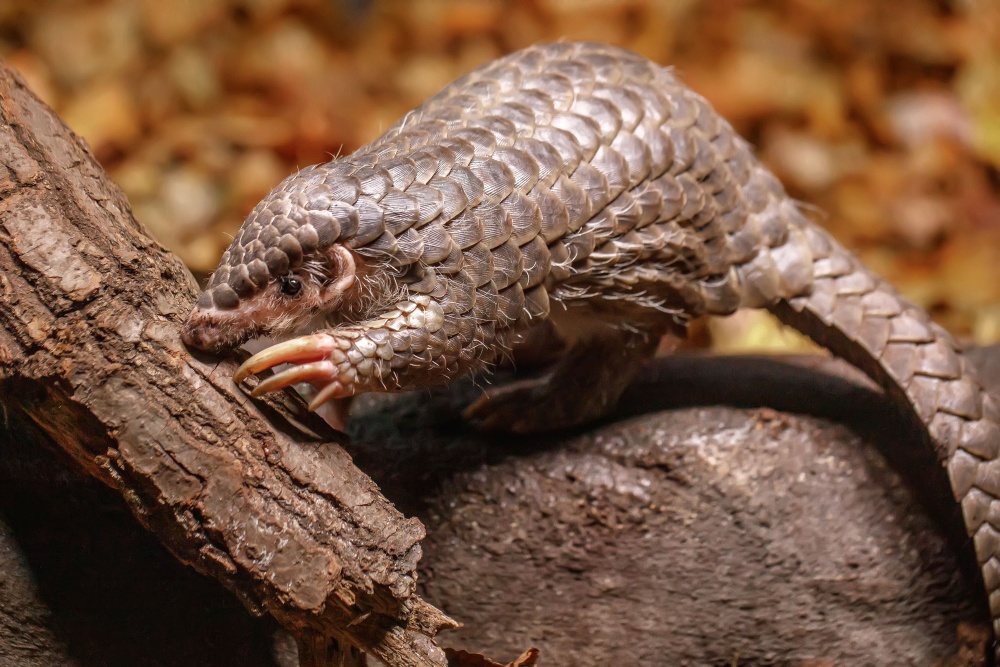
Šiška can be best seen by the Prague Zoo visitors during the morning opening hours of the zoo as she tends to be the most active between 9 am and 10 am. Photo Miroslav Bobek, Prague Zoo
“Nowadays Šiška is fully independent and inhabits her very own exhibit. She skilfully prepares herself a nest every day and she loves to climb through the branches. The best time for watching her is in the morning, right after the zoo opens as there is still the daylight mode on in the Indonesian jungle pavilion and she is usually active,” says the pangolin keeper David Vala.
Šiška's parents, the female Run Hou Tang and the male Guo Bao, had mated yet again during the last couple of months. With a bit of luck the zoo will be able to confirm the gravidity using the ultrasound in the next weeks.
Prague Zoo is the sole Czech zoo and one of only two zoos in Europe that keeps these unique scaly mammals. The motivation for their keeping is a result of their endangerment. Pangolins are the most illegally trafficked mammals in the world and the Prague Zoo has been striving to actively protect them in their homeland for a long time now, both in Africa, especially in Cameroon through The Wandering Bus project, and also in South and Southeast Asia by contributing to the construction of pangolin sanctuaries.
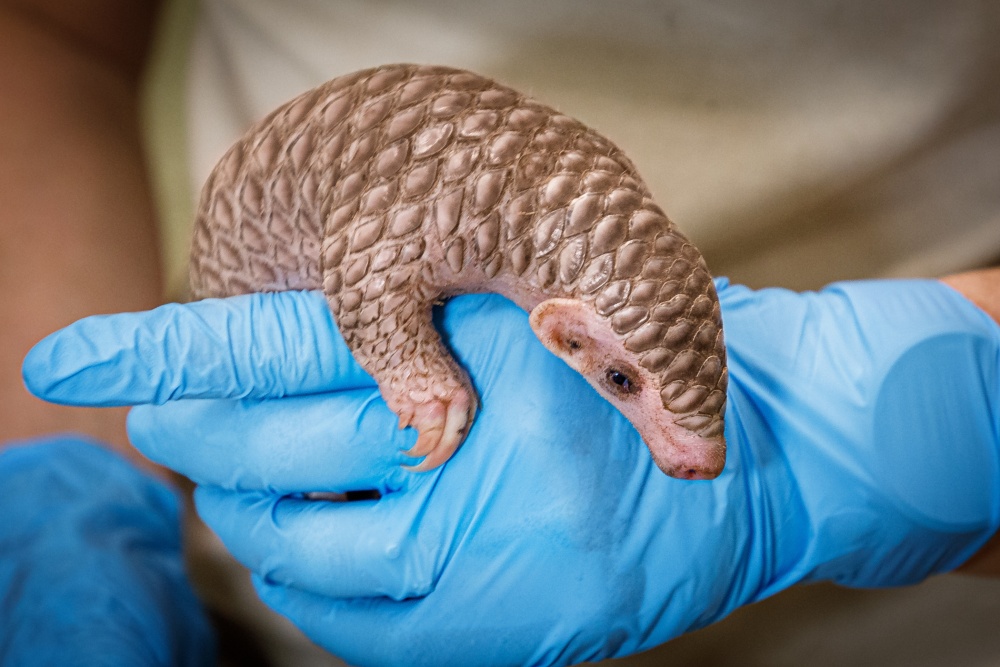
Šiška had a rough start of her life. Not only she did not gain weight during the first days after her birth, but she was even slowly losing it. The problem was that the mother Run Hou Tang did not have enough milk. Thanks to the lactation support supplements and replacement feeding, the problem was solved rather quickly. The photo was taken in March 2023 and shows Šiška at the age of one month. Photo Miroslav Bobek, Prague Zoo
ZOOPRAHA.CZ
Contacts
- The Prague zoological garden
U Trojskeho zamku 120/3
171 00 Praha 7
Phone.: (+420) 296 112 230 (public relations department)
e-mail: zoopraha@zoopraha.cz
Others
